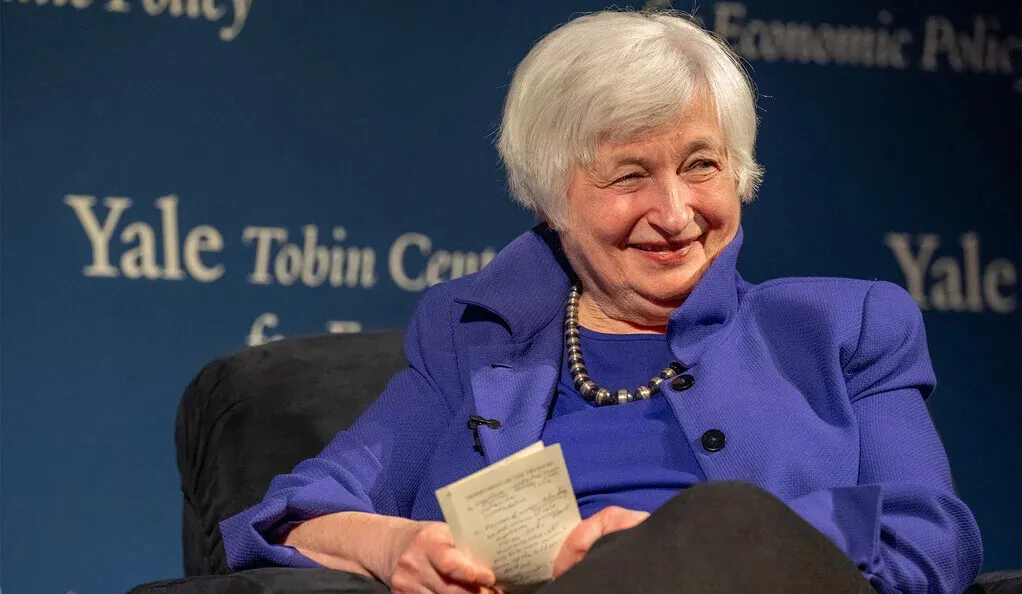Russia’s stock exchange, the Moscow Exchange (MOEX), has stopped all trading in US dollars and euros. The decision follows a new round of sanctions imposed by the US Treasury Department on Russia. The exchange also confirmed that share trading and money market transactions in these currencies would be permanently halted.
The US Treasury sanctioned over 300 entities, aiming to disrupt Russia’s financial infrastructure. These new sanctions are part of a broader strategy to apply pressure on the BRICS nation, which has been moving towards de-dollarizing its economy. MOEX had previously warned that it would halt foreign currency trading if new sanctions were imposed. Today, it has fulfilled that promise.
Russian banks no longer trade in dollars or euros
Russia’s Central Bank issued a statement ensuring that all US dollar and euro funds are “safe.” They stressed that this decision directly results from the restrictive measures introduced by the US. US Treasury Secretary Janet Yellen explained that the sanctions target “remaining avenues for international materials and equipment,” including Russia’s reliance on critical supplies from third countries. According to the Treasury, sanctions on other countries are on the way.
“Due to the introduction of restrictive measures by the United States against the Moscow Exchange Group, exchange trading and settlements of deliverable instruments in U.S. dollars and euros are suspended.”
Central Bank of the Russian Federation Description

This move means that banks, companies, and investors can no longer trade these currencies through a central exchange, which offers liquidity, clearing, and oversight benefits. Instead, they must trade over-the-counter (OTC), where deals are made directly between two parties. The central bank said it would use OTC data to set official exchange rates.
Yuan becomes the most-traded currency in Russia
Many Russians hold savings in dollars or euros, aware of the periodic crises when the rouble has crashed in value. The central bank reassured the public that these deposits remain secure. “Companies and individuals can continue to buy and sell US dollars and euros through Russian banks. All funds in US dollars and euros in the accounts and deposits of citizens and companies remain safe,” it said.
One person at a large, non-sanctioned Russian commodities exporter said, “We don’t care, we have yuan. Getting dollars and euros in Russia is now practically impossible.” With Moscow pursuing closer trade and political ties with Beijing, China’s yuan has replaced the dollar as MOEX’s most traded currency, making up 53.6% of all foreign currency traded in May.
Dollar-rouble trading volume on MOEX typically reaches around 1 billion roubles ($11 million) daily, while euro-rouble trading stands at about 300 million roubles each day. On the other hand, Yuan-rouble trading now regularly exceeds 8 billion roubles daily. Russian President Vladimir Putin has approved a series of measures to attract more capital through MOEX from both Russian and non-Russian persons from “friendly countries.”
Cryptopolitan reporting by Jai Hamid
 cryptopolitan.com
cryptopolitan.com
